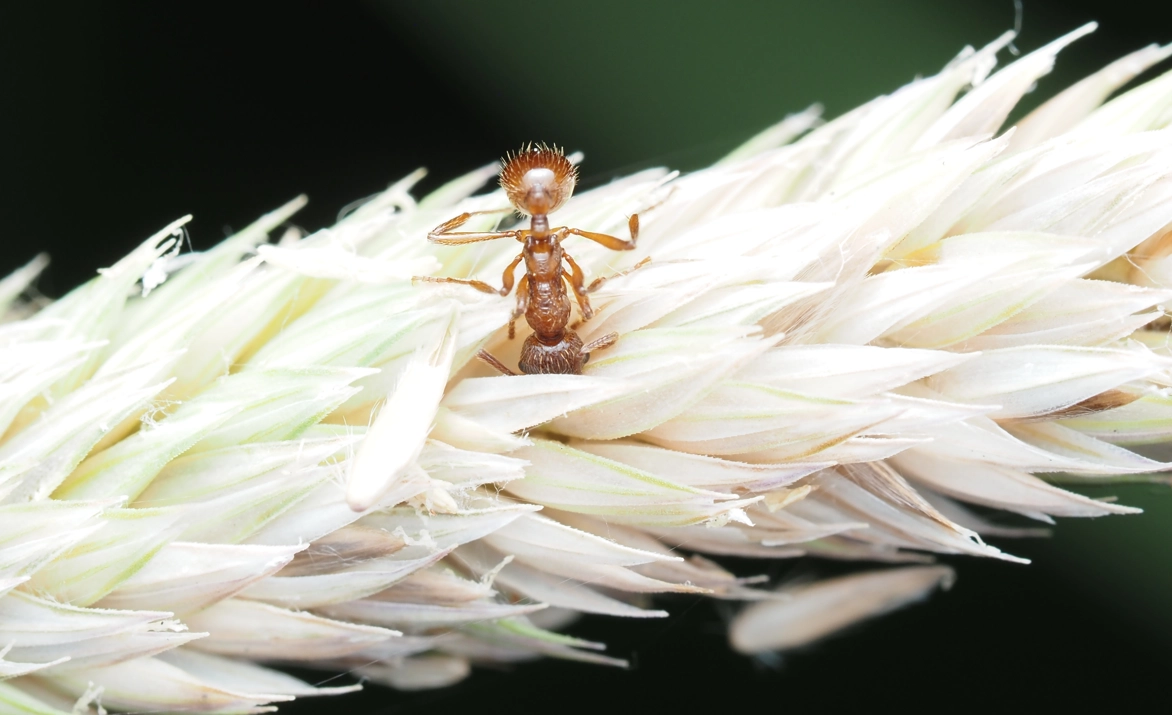
Tips and Tricks for Capturing Stunning Images
Macro photography opens up a hidden world, revealing details that the naked eye often misses. Whether you’re photographing tiny insects, delicate flowers, or textures in everyday objects, capturing a compelling macro image requires patience, precision, and a few practical techniques. Here are some tips to help you elevate your macro photography.
1. Choose the Right Lens
The lens you use makes a huge difference in macro photography.
-
Macro lenses (like 60mm or 90mm) offer excellent magnification and sharpness.
-
Extension tubes or close-up filters are affordable ways to get closer to your subject if you don’t have a dedicated macro lens.
2. Focus Carefully
-
Use manual focus for precise control, especially at high magnifications.
-
Focus stacking can help increase depth of field when shooting extremely close subjects.
-
Always check that your key subject (like an insect’s eyes or flower stamen) is tack-sharp.
3. Stabilize Your Camera
-
Use a tripod or a beanbag to minimize camera shake.
-
If handheld, increase shutter speed or use image stabilization.
-
Consider using a remote shutter or timer to avoid touching the camera during exposure.
4. Mind Your Lighting
-
Natural light is often best for macro, but sometimes it’s too harsh.
-
A diffuser can soften sunlight and reduce harsh shadows.
-
For more control, consider a ring light or macro flash to illuminate your subject evenly.
5. Pay Attention to Backgrounds
-
Cluttered backgrounds distract from your subject.
-
Use a shallow depth of field (wide aperture) to blur the background.
-
Look for complementary colors or neutral tones to make your subject stand out.
6. Explore Angles and Perspectives
-
Shoot from different angles to find the most dynamic composition.
-
Try low or side angles to reveal textures and patterns not visible from above.
-
Experiment with reflections or macro water droplets for creative effects.
7. Be Patient and Observant
-
Macro photography often requires waiting for the perfect moment.
-
Observe your subject’s behavior — insects may move or flowers may sway in the wind.
-
Patience can result in capturing moments that others might miss.
8. Post-Processing Tips
-
Crop carefully to enhance composition.
-
Adjust sharpness, contrast, and color balance to make your subject pop.
-
Focus stacking and noise reduction can help improve image quality without losing detail.
Final Thoughts
Macro photography is as much about seeing the world differently as it is about technical skills. With the right equipment, careful observation, and a touch of creativity, you can capture stunning images that reveal the beauty hidden in the smallest details.






